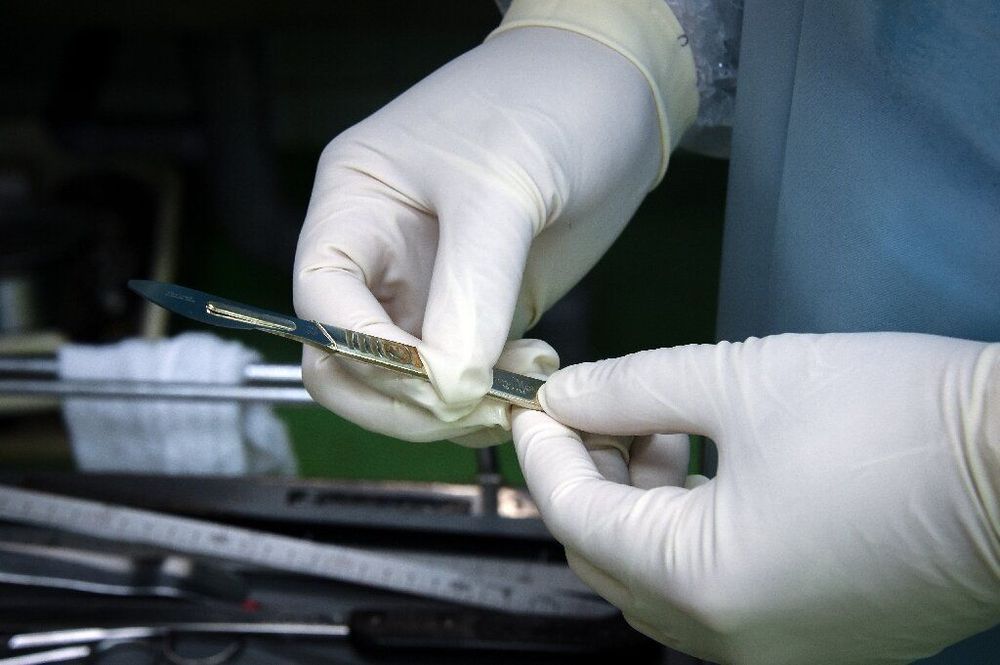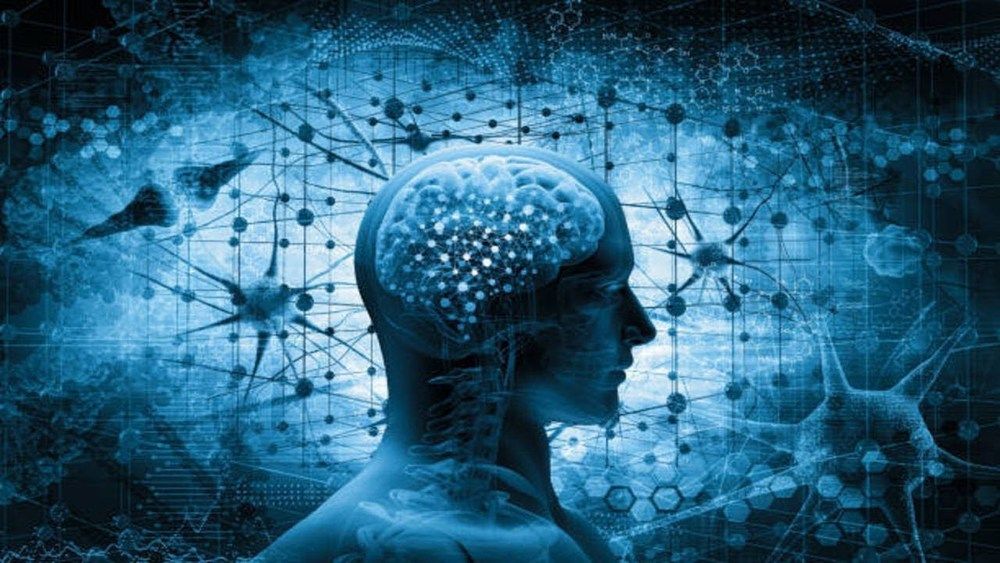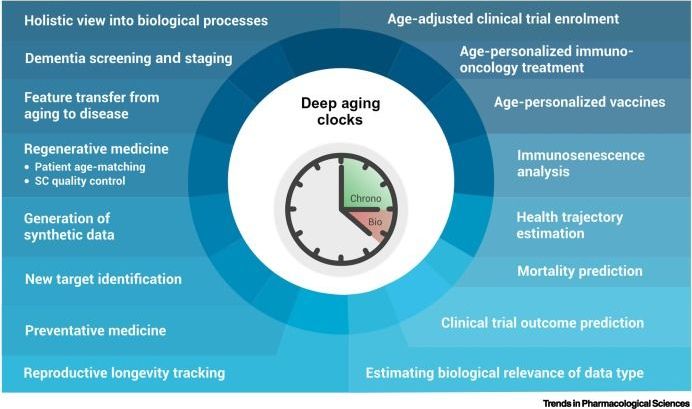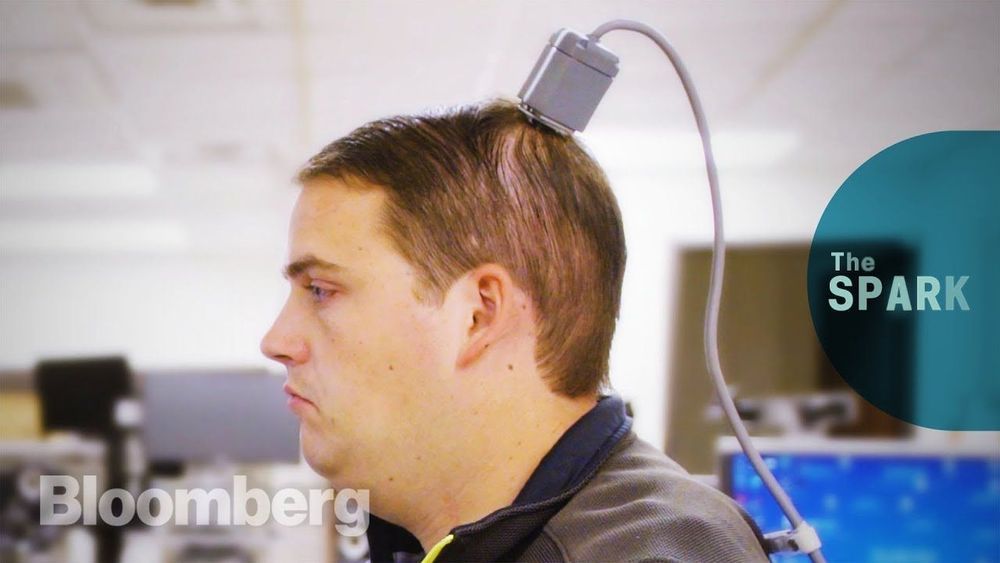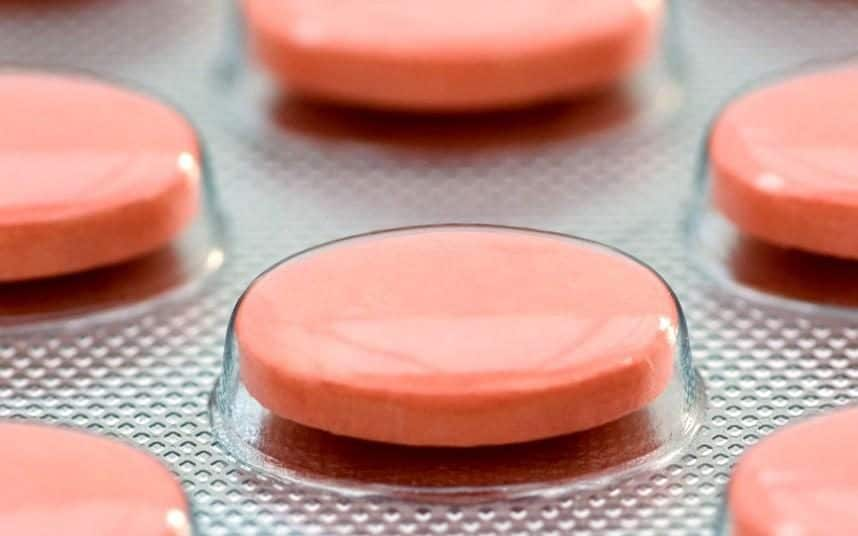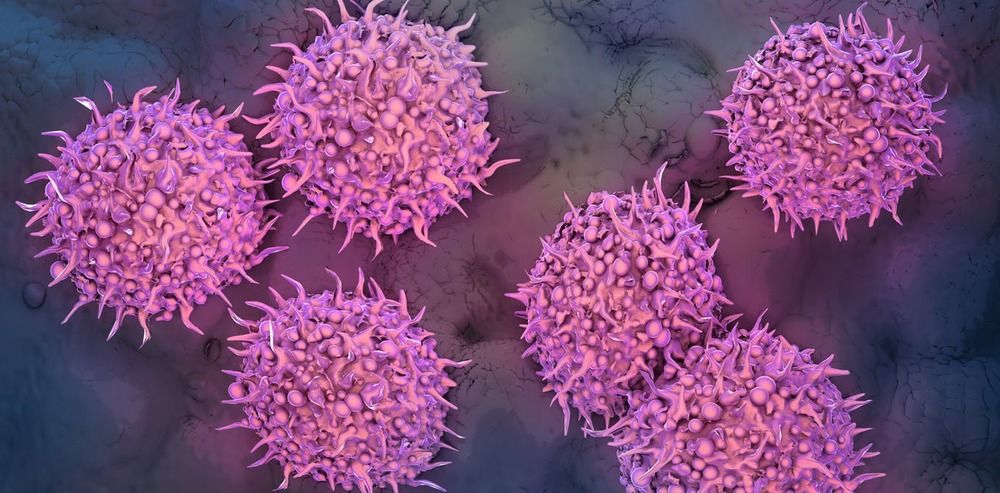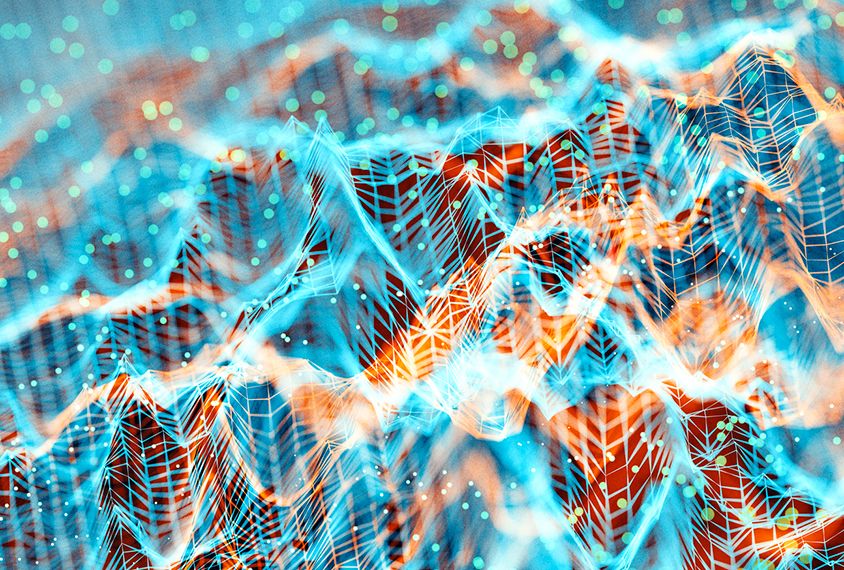Jul 8, 2019
Surgery restores arm function in some paralysed patients: study
Posted by Paul Battista in categories: biotech/medical, electronics
Surgeons in Australia have managed to restore arm function in paralysed patients, allowing them to feed themselves, use tools and handle electronic devices, according to the results of a groundbreaking study released Friday.
Thirteen young adults who had suffered spinal injuries rendering them tetraplegic underwent several operations and intense physiotherapy in the largest ever application of a technique known as nerve transfer surgery.
A team of surgeons succeeded in attaching individual nerves from above the zone of the spinal injury to nerves below the trauma site. The functioning nerves were then used to stimulate paralysed muscles below the injury zone.
